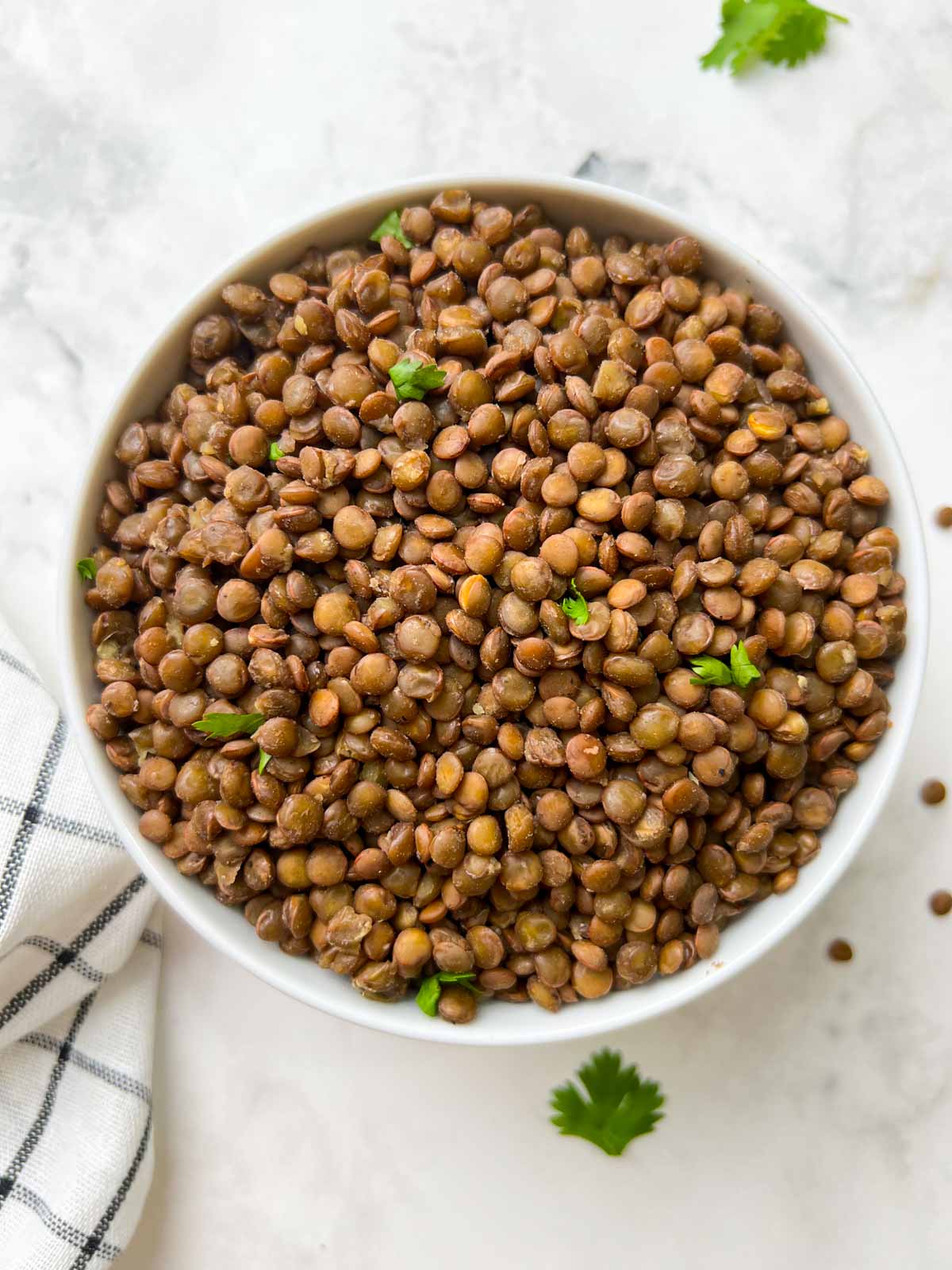

Articles
How To Store Cooked Lentils
Modified: August 28, 2024
Learn how to properly store cooked lentils with these helpful articles. Find out the best methods to keep your lentils fresh and tasty for longer.
(Many of the links in this article redirect to a specific reviewed product. Your purchase of these products through affiliate links helps to generate commission for Storables.com, at no extra cost. Learn more)
Introduction
Welcome to this comprehensive guide on how to store cooked lentils. Lentils are a versatile, nutritious, and delicious ingredient that can be incorporated into a variety of meals. Whether you’ve cooked a large batch of lentils or have some leftovers from a previous meal, knowing the proper storage methods will help you preserve their quality and flavor for longer periods.
Cooked lentils are a great addition to salads, soups, stews, or can even be enjoyed as a standalone dish. They are a rich source of protein, fiber, and essential minerals, making them a popular choice for vegetarians and vegans. Properly storing cooked lentils is essential to maintain their taste, texture, and nutritional value. In this article, we will explore the benefits of storing cooked lentils, the right containers to use, step-by-step instructions on how to store them, tips for extending their shelf life, and address common questions about lentil storage. So, let’s dive in!
Key Takeaways:
- Properly storing cooked lentils maintains their flavor, texture, and nutritional value, offering convenience, cost savings, and extended shelf life. Use airtight containers, follow step-by-step storage guide, and implement tips for maximum freshness.
- By following proper storage techniques, you can enjoy the deliciousness of cooked lentils for longer periods. Refrigerate or freeze, use airtight containers, and follow thawing and reheating guidelines for optimal results.
Read more: How To Store Sprouted Lentils
Benefits of Storing Cooked Lentils
Storing cooked lentils properly offers several benefits, including:
- Convenience: By having cooked lentils readily available, you can save time in meal preparation. You can quickly add them to salads, soups, or use them as a base for various dishes without the need to cook them from scratch.
- Economic: Bulk cooking and storing cooked lentils can help you save money in the long run. Lentils are an inexpensive source of protein, and buying in bulk reduces the cost even further. By storing them properly, you can prevent spoilage and waste, ensuring that you get the most out of your purchase.
- Extended Shelf Life: Cooked lentils have a shorter shelf life compared to their dry counterparts. However, by storing them properly, you can extend their shelf life by a few days, allowing you to enjoy them over multiple meals.
- Nutritional Value: Lentils are packed with essential nutrients like proteins, fiber, vitamins, and minerals. Proper storage helps to preserve these nutrients, ensuring that you reap the full benefits of lentils even after they are cooked.
Overall, storing cooked lentils offers convenience, saves money, extends shelf life, and helps retain their nutritional value. Now that we have explored the benefits, let’s move on to the next section – the proper storage containers for cooked lentils.
Proper Storage Containers for Cooked Lentils
Choosing the right storage containers for cooked lentils is crucial to maintain their quality and prevent spoilage. Here are a few options to consider:
- Airtight Containers: Using airtight containers is the best way to store cooked lentils. They help keep out air and moisture, which can lead to bacterial growth and spoilage. Glass or BPA-free plastic containers with secure lids are ideal choices. Ensure that the containers are clean and dry before storing the lentils.
- Freezer Bags: Freezer bags are a convenient option for storing cooked lentils, especially if you plan to freeze them. Opt for high-quality freezer bags that are designed for long-term storage. Make sure to remove as much air as possible from the bag before sealing to prevent freezer burn.
- Mason Jars: Mason jars are a popular choice for storing various foods, including cooked lentils. They are sturdy, reusable, and provide an airtight seal. Choose jars that are specifically designed for canning and have airtight lids. Pint-sized or quart-sized jars work well for storing lentils.
- Stackable Containers: For those who prefer a more organized storage system, stackable containers with tight-sealing lids are a good option. These containers save space in the fridge or pantry and ensure easy access to the cooked lentils.
Remember to label the containers with the date of storage to keep track of their freshness. It’s also essential to choose containers that are free from any lingering odors. The smell of other foods can transfer and affect the taste of the lentils.
Now that you know the different types of storage containers, let’s move on to the step-by-step guide on how to store cooked lentils.
Step-by-Step Guide to Storing Cooked Lentils
Follow these simple steps to store cooked lentils properly:
- Cool the Lentils: Allow the cooked lentils to cool completely before storing them. Hot lentils can create condensation inside the storage container, leading to moisture buildup and spoilage.
- Choose the Right Container: Select an airtight container or freezer bag that is suitable for long-term storage. Make sure the container is clean and dry.
- Portion the Lentils: Divide the cooked lentils into smaller portions based on your needs. This allows you to take out only what you need without exposing the entire batch to air and moisture.
- Label and Date: Label the containers with the current date to keep track of their freshness. This is especially important if you have multiple containers or if you plan to store the lentils for an extended period.
- Seal the Container: Ensure that the container is tightly sealed to prevent air and moisture from entering. If using a freezer bag, remove as much air as possible before sealing.
- Refrigerate or Freeze: Place the sealed container in the refrigerator if you plan to use the lentils within a few days. For longer storage, transfer the containers to the freezer. Frozen lentils can last for up to three months without significant loss in quality.
- Thawing Frozen Lentils: When you’re ready to use frozen lentils, transfer them to the refrigerator overnight to thaw slowly. Alternatively, you can thaw them in the microwave using the defrost setting or place the container in a bowl of cold water, changing the water every 30 minutes until the lentils are thawed.
By following these steps, you can store cooked lentils properly, maintaining their flavor and quality for an extended period. Now, let’s move on to some tips for extending the shelf life of cooked lentils.
Store cooked lentils in an airtight container in the refrigerator for up to 5 days. You can also freeze them in a resealable bag for up to 3 months. Be sure to label the container with the date to keep track of freshness.
Tips for Extending the Shelf Life of Cooked Lentils
To ensure that your cooked lentils stay fresh for as long as possible, consider these helpful tips:
- Store in the Right Temperature: Cooked lentils should be stored at a temperature below 40°F (4°C). Keep them in the refrigerator or freezer to prevent bacterial growth. Avoid leaving them at room temperature for too long.
- Use airtight containers: As mentioned earlier, using airtight containers or freezer bags is crucial to preventing moisture and air exposure. This helps maintain the lentils’ texture and flavor, prolonging their shelf life.
- Avoid Cross-Contamination: Ensure that other strong-smelling or flavored foods are stored separately from the lentils. Strong odors can be absorbed by the lentils, altering their taste.
- Don’t Mix with Sauce or Dressing: It’s best to store cooked lentils separately from sauces or dressings, especially if you plan to store them for an extended period. Keeping them separate helps to maintain their individual flavors and textures.
- Properly thaw frozen lentils: When thawing frozen lentils, do it slowly in the refrigerator overnight. Avoid thawing them at room temperature as this can promote bacterial growth and compromise the quality of the lentils.
- Use clean utensils: Always use clean utensils when scooping out cooked lentils from the storage container. This helps prevent contamination and the introduction of bacteria that can lead to spoilage.
- Rotate stock: If you regularly cook lentils, make sure to rotate your stock by using the older cooked lentils first. This prevents them from sitting for too long and potentially going bad.
By following these tips, you can maximize the shelf life of your cooked lentils and enjoy them for longer periods while maintaining their taste and quality. Now, let’s move on to addressing some frequently asked questions about storing cooked lentils.
Read more: How To Cook Lentils On Stove Top
Frequently Asked Questions about Storing Cooked Lentils
Here are some common questions people have about storing cooked lentils:
- Can I store cooked lentils at room temperature?
- How long can I store cooked lentils in the refrigerator?
- Can I freeze cooked lentils?
- How do I thaw frozen lentils?
- Can I reheat stored lentils?
- Can I store cooked lentils with the cooking liquid?
It’s not recommended to store cooked lentils at room temperature for an extended period. They should be refrigerated or frozen to prevent bacterial growth and maintain their freshness.
Cooked lentils can typically be stored in the refrigerator for up to 4-5 days. Make sure to keep them in airtight containers to maintain their quality.
Yes, you can freeze cooked lentils. They can be stored in the freezer for up to three months. Divide them into portion sizes to make it easier to thaw and use as needed.
The best way to thaw frozen lentils is to transfer them to the refrigerator overnight and allow them to thaw slowly. Alternatively, you can use the defrost setting on your microwave or place the sealed container in a bowl of cold water, changing the water every 30 minutes until the lentils are fully thawed.
Absolutely! Reheating stored lentils is easy and convenient. Simply transfer the desired portion to a microwave-safe dish and heat until warmed through. Stir them occasionally to ensure even heating.
It’s generally recommended to drain and store cooked lentils without the cooking liquid. The excess moisture can lead to faster spoilage. However, if you prefer to store them in the cooking liquid, ensure that the liquid is part of the airtight container or freezer bag to prevent any leakage.
These FAQs should address the most common concerns about storing cooked lentils. Practice proper storage techniques, and you can enjoy the deliciousness of lentils for longer periods. Let’s wrap up this article.
Conclusion and Final Thoughts
Properly storing cooked lentils is essential to maintain their taste, texture, and nutritional value. By following the steps outlined in this guide, you can ensure that your cooked lentils stay fresh, flavorful, and safe to consume for an extended period.
We discussed the benefits of storing cooked lentils, including convenience, cost savings, extended shelf life, and preserved nutritional value. We also explored the different types of storage containers, such as airtight containers, freezer bags, mason jars, and stackable containers, that are suitable for storing cooked lentils.
Additionally, we provided a step-by-step guide on how to store cooked lentils, including cooling them, choosing the right containers, portioning, labeling, sealing, and refrigerating or freezing. We also shared tips for extending the shelf life of cooked lentils, such as storing at the correct temperature, avoiding cross-contamination, and using clean utensils.
Lastly, we addressed common questions about storing cooked lentils, including room temperature storage, refrigeration time, freezing, thawing, reheating, and storing with the cooking liquid.
By implementing these storage methods and tips, you can enjoy the convenience and nutritional benefits of cooked lentils for longer periods. Experiment with various recipes and incorporate cooked lentils into your meals to add a healthy and delicious touch.
Remember, it’s essential to use your judgment and rely on your senses when it comes to determining the freshness of cooked lentils. Discard any lentils that have an off smell, strange appearance, or unpleasant taste.
Now that you have all the information you need, it’s time to put it into practice and start storing your cooked lentils properly. Enjoy the versatility and nutritional benefits of this wonderful ingredient!
Frequently Asked Questions about How To Store Cooked Lentils
Was this page helpful?
At Storables.com, we guarantee accurate and reliable information. Our content, validated by Expert Board Contributors, is crafted following stringent Editorial Policies. We're committed to providing you with well-researched, expert-backed insights for all your informational needs.


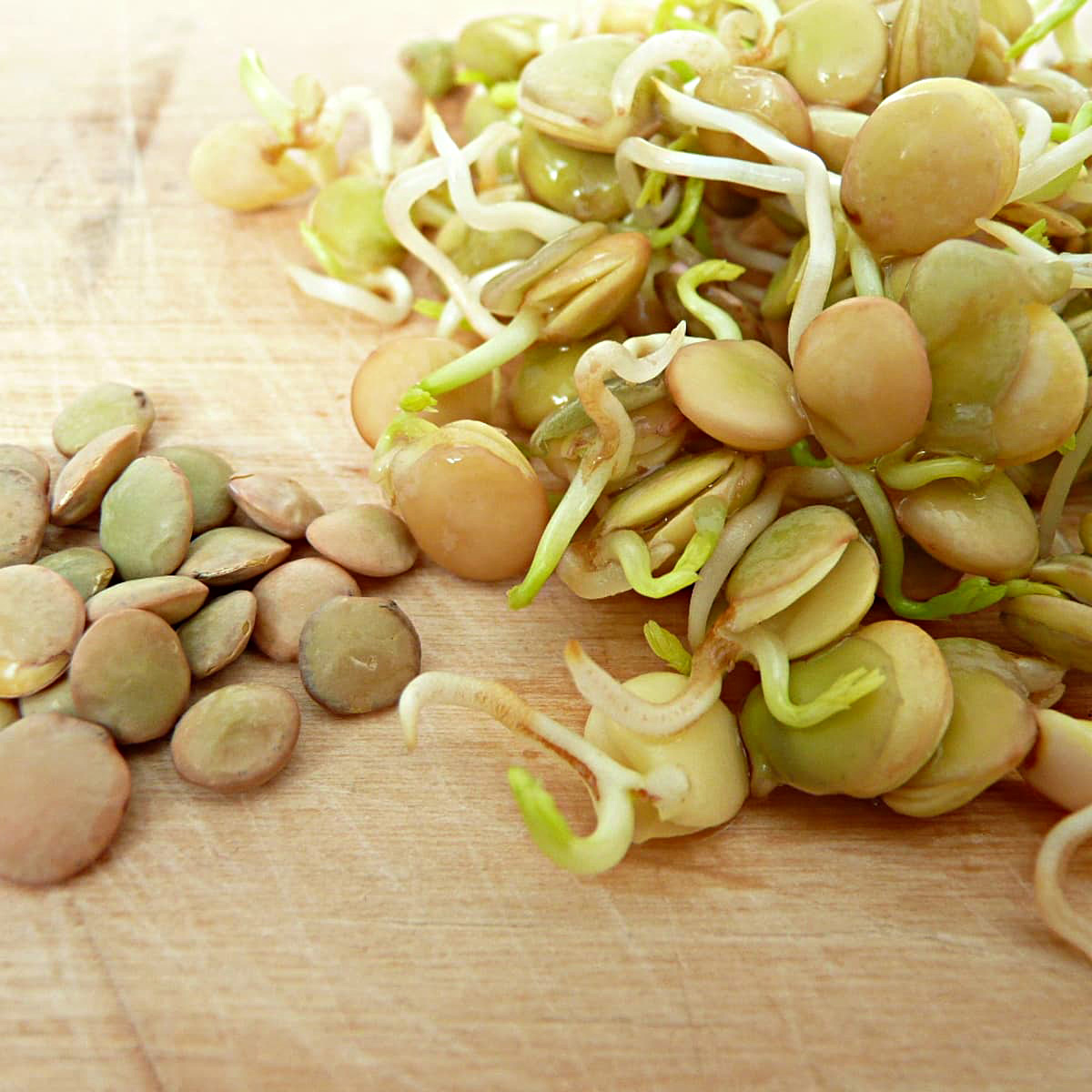


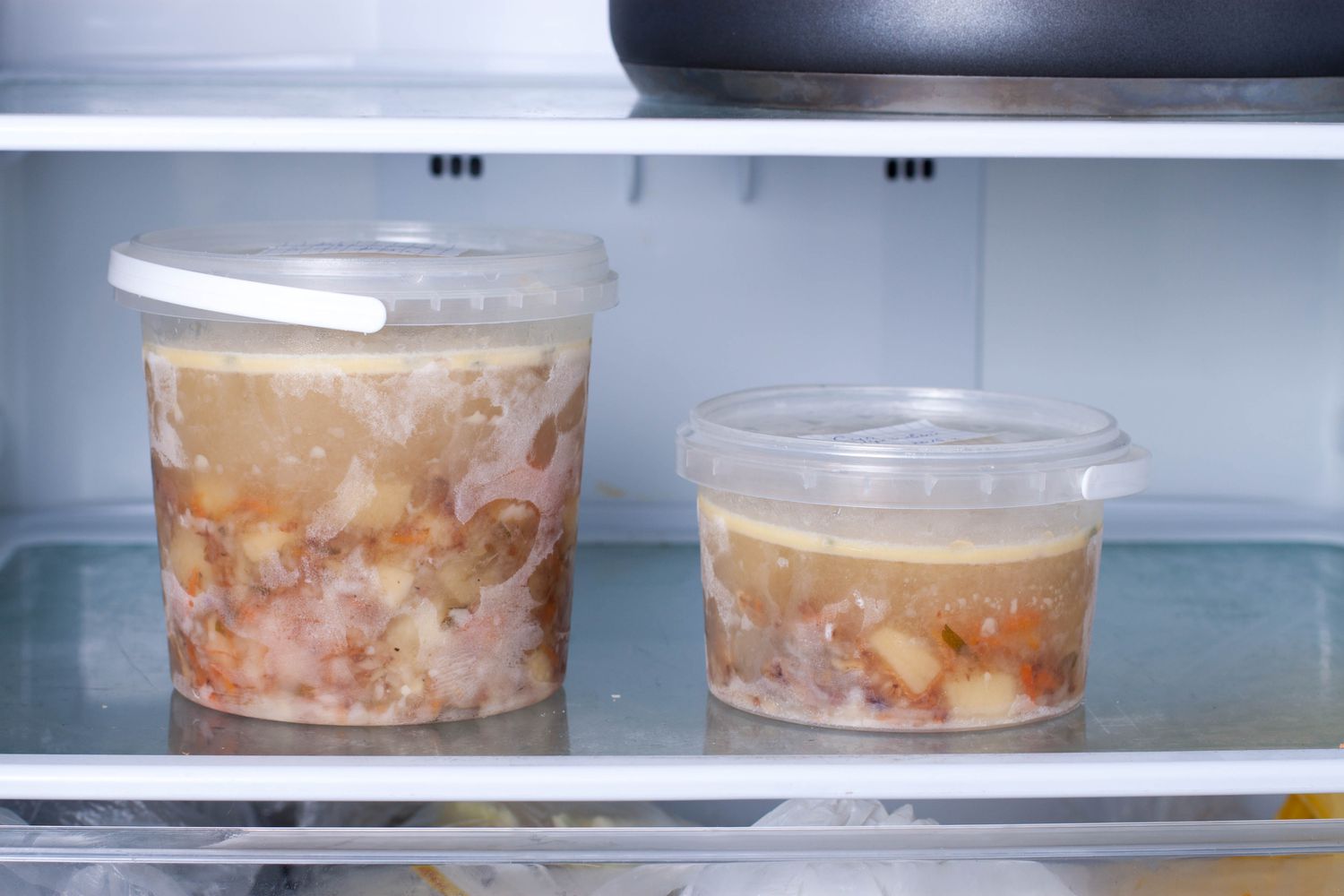
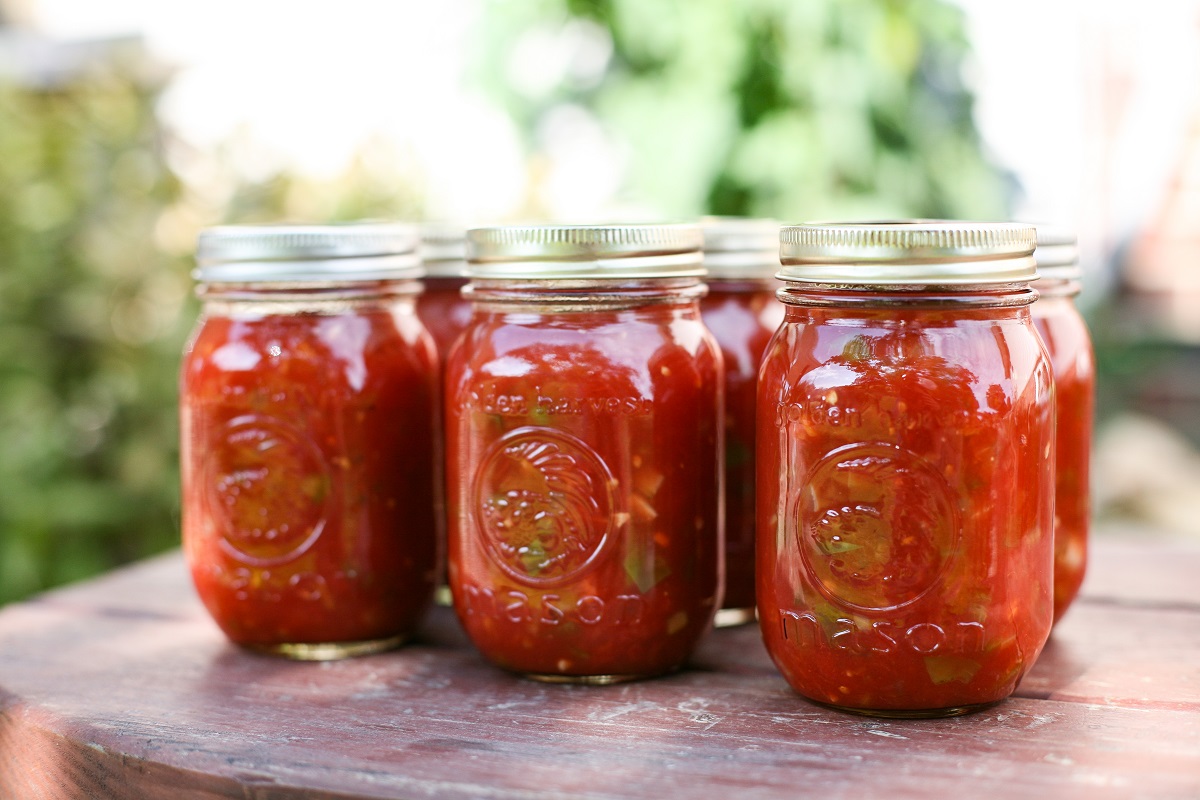
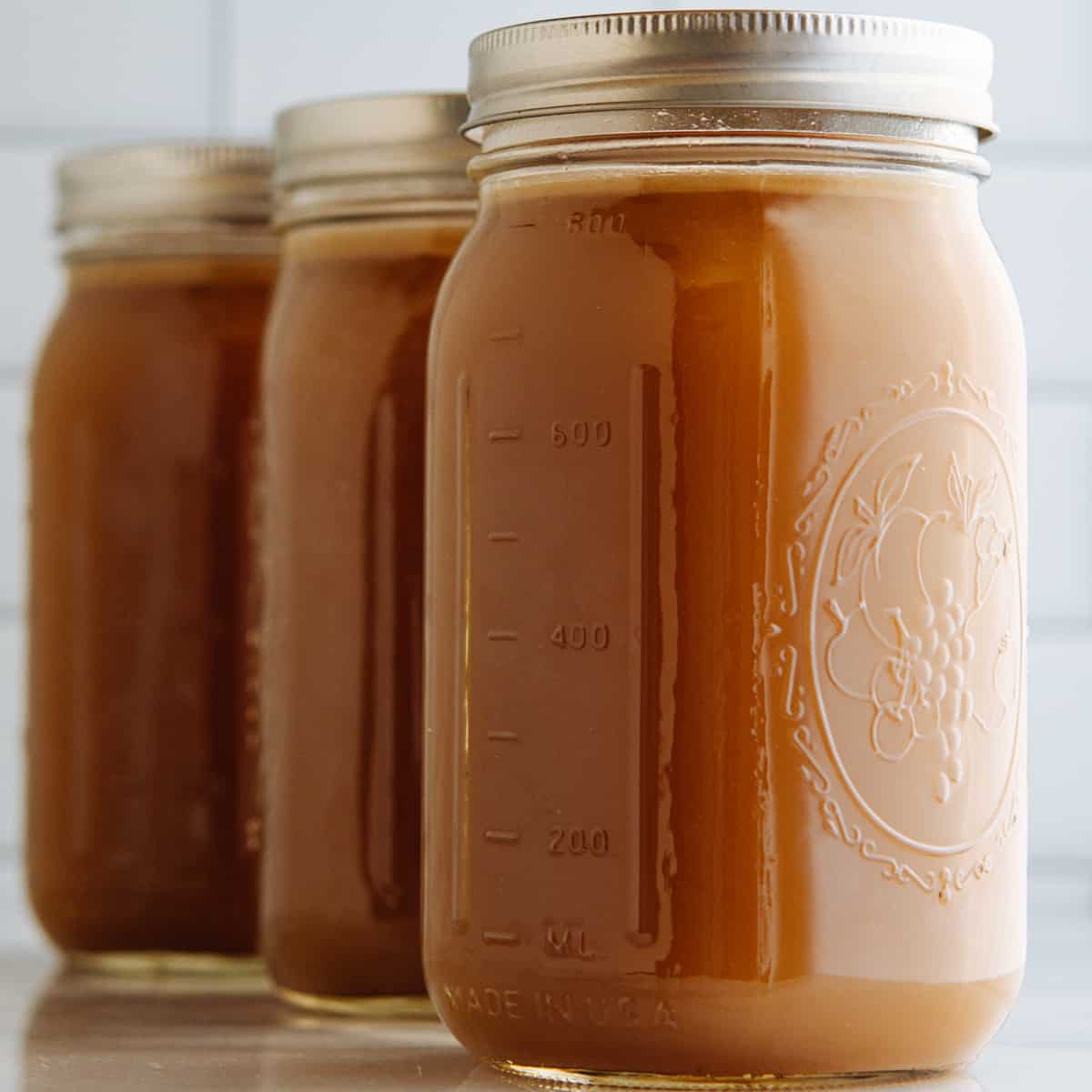
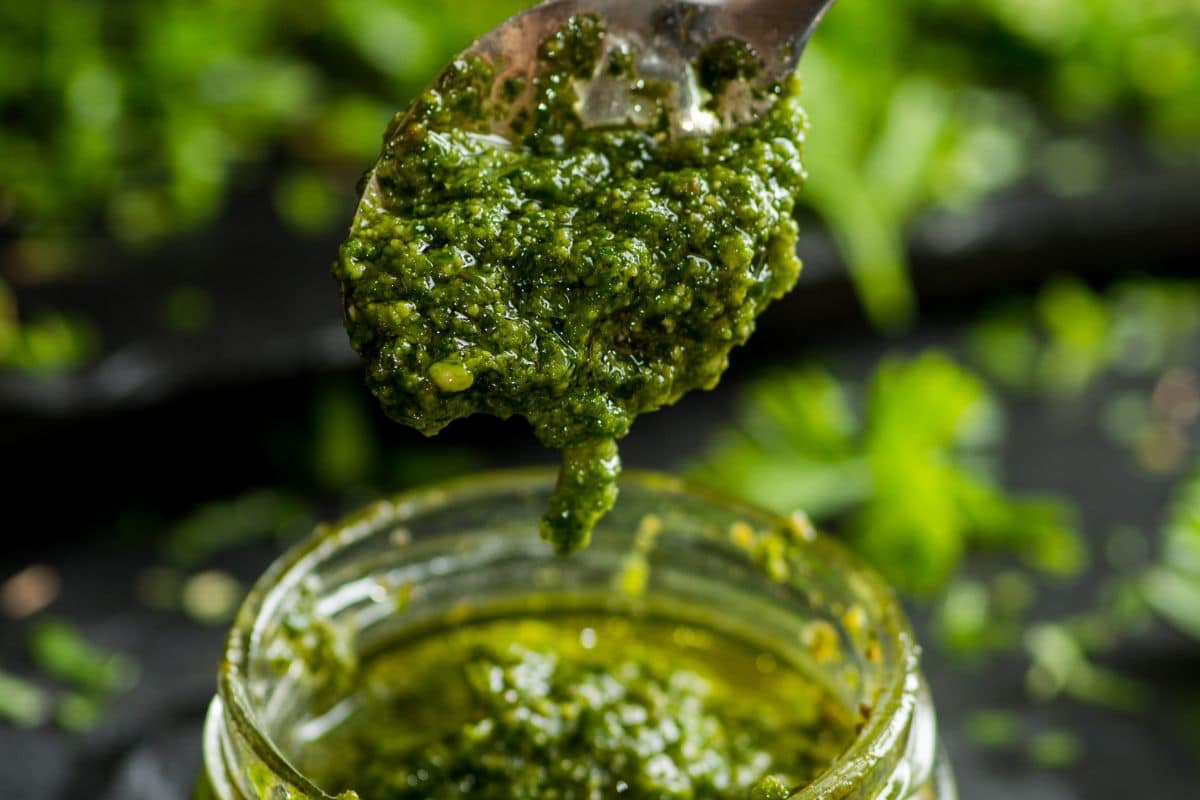


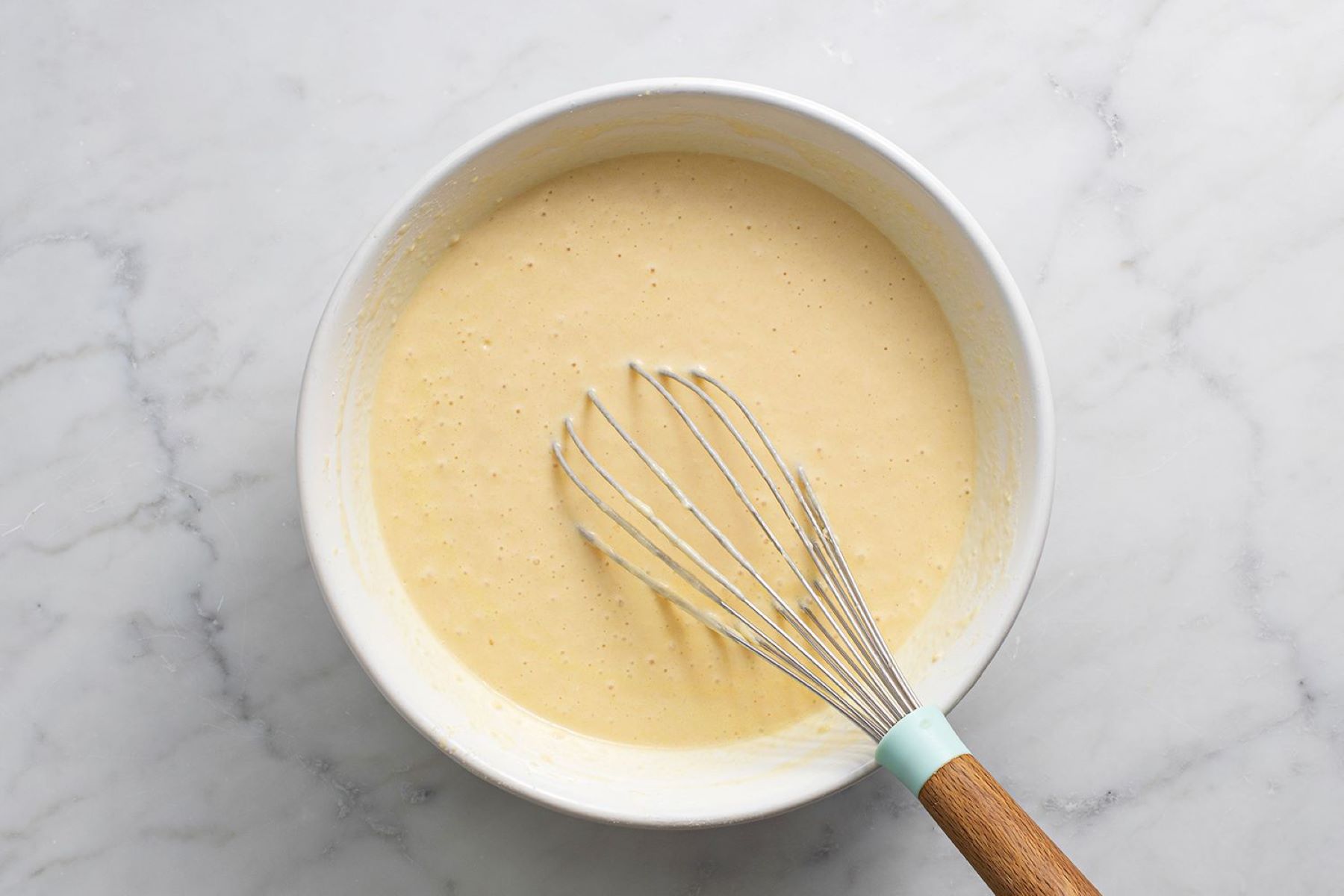
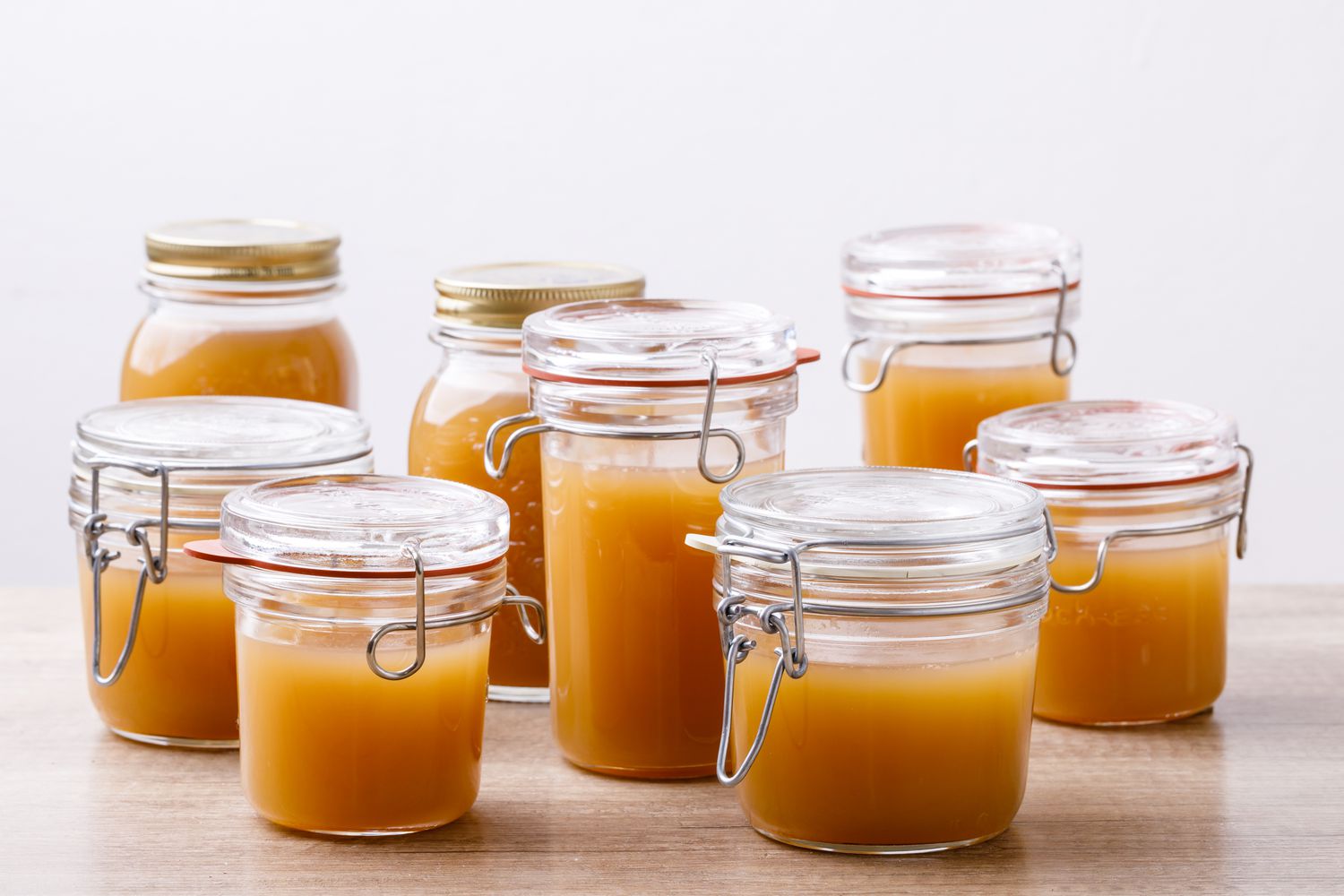
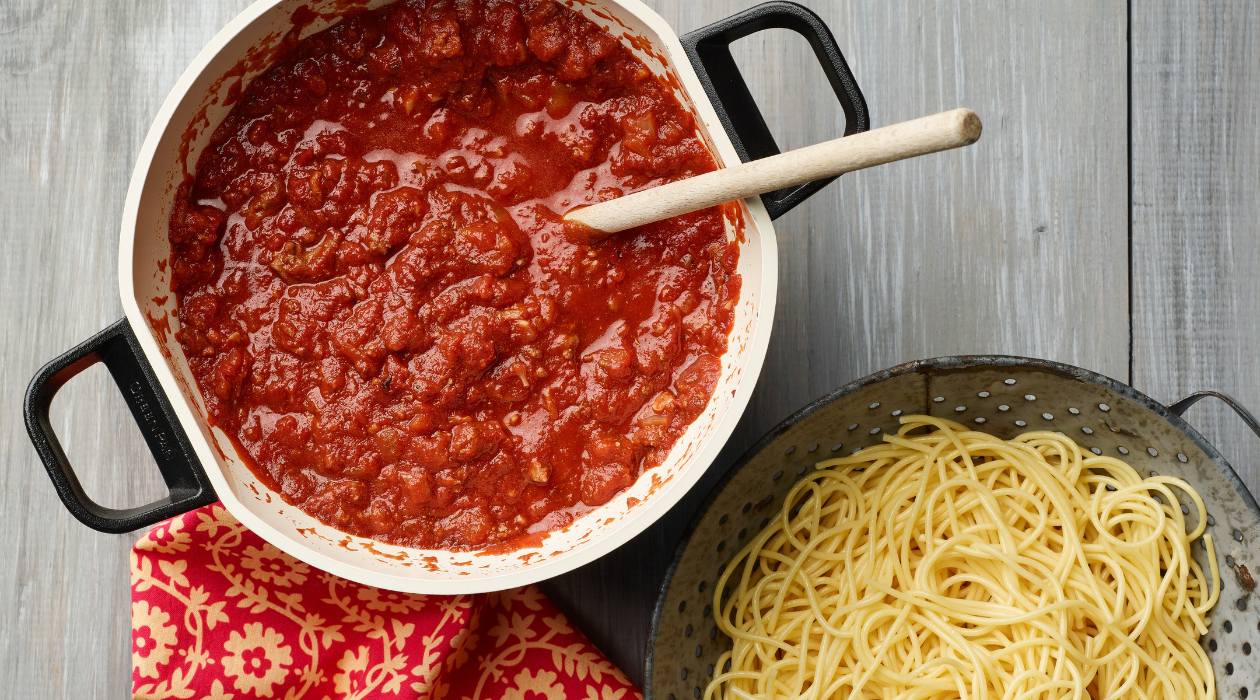

0 thoughts on “How To Store Cooked Lentils”